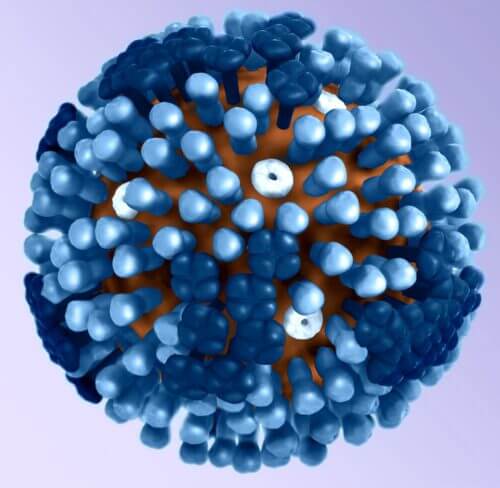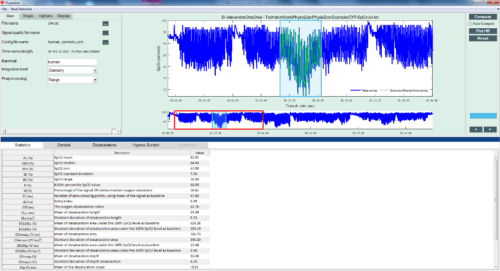The technology was developed in the laboratory for artificial intelligence in medicine at the Faculty of Biomedical Engineering

Technology developed in the Faculty of Biomedical Engineering at the Technion will help detect pre-symptomatic corona patients and warn of critical breathing problems among existing patients. The development is led by Dr. Joachim Bahar, head of the Laboratory for Artificial Intelligence in Medicine (AIMLab) in the Faculty of Biomedical Engineering, with Dr. Dani Eitan, a senior physician in pediatric intensive care and a senior lecturer at the Technion, and Dr. Ronit Almog, director of the epidemiology unit and the center's biobank The Rambam Medical Center.
The innovative technology will help locate corona patients whose illness has not yet been verified, based on computerized processing of data indicating a lack of oxygen in the blood (hypoxemia) - a condition that characterizes many corona patients. In addition, the development may help detect dangerous cases of pneumonia among hospitalized corona patients - a common complication among these patients. This is based on a computerized analysis of the information obtained continuously from the measurements of the oxygen level and the indirect indicators indicating the inflammation.
The team of researchers developed a toolbox for monitoring and analyzing oximetry markers - physiological markers that indicate the level of oxygen in the blood. The oxygen level, or in its professional name "Oxygen saturation", is a variable that indicates a series of important bodily functions. In extreme cases, lack of oxygen (hypoxemia) can lead to necrosis and even death.

Today, following the technological development in the world of medical monitoring, the level of oxygen in the blood is measured not only with professional equipment in hospitals but also with home, portable and cheap devices. In order to draw accurate conclusions from these devices, a smart analysis of the sequence of data they provide is required. This is where the toolbox developed by Dr. Joachim Behar and Master's degree Jeremy Levy comes into the picture. This innovative toolbox provides information on the oxygen level in the blood of subjects, and the information is expressed as a library of digital oximetry markers displayed in the PhysioZoo software. The software was developed with Prof. Yael Yaniv, also a member of the faculty, and the researchers note the engineering support of Alexandra Alexandrovich, Shinir Logsi and Aviv Rosenberg in the development process.
Dr. Joachim Behar completed a master's degree in engineering at the Ecole des Mines de Saint-Étienne in France and a PhD in biological signal processing and computational learning at the University of Oxford in the UK. After completing his doctorate, he immigrated to Israel and did a post-doctorate under the guidance of Prof. Yael Yaniv from the Faculty of Biomedical Engineering at the Technion. He is currently the head of the laboratory for artificial intelligence in medicine at the faculty. The laboratory deals with artificial intelligence in medicine and focuses on continuously monitored information through mobile and wearable devices.

2 תגובות
This announcement by Hidan also proves that returning immigrants and residents from the field of academia like Dr. Joachim Bahar make a tremendous contribution to the promotion and upgrading of scientific research in Israel
Thought-provoking and hopeful and fascinating